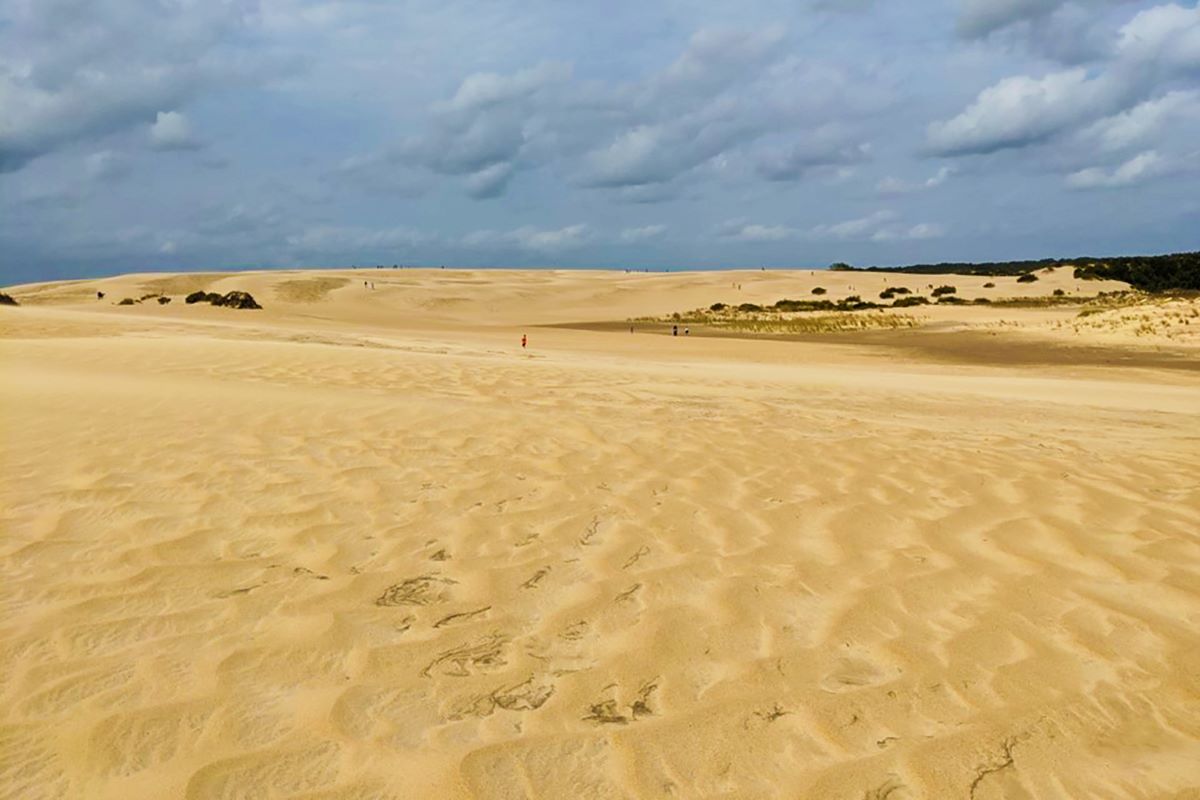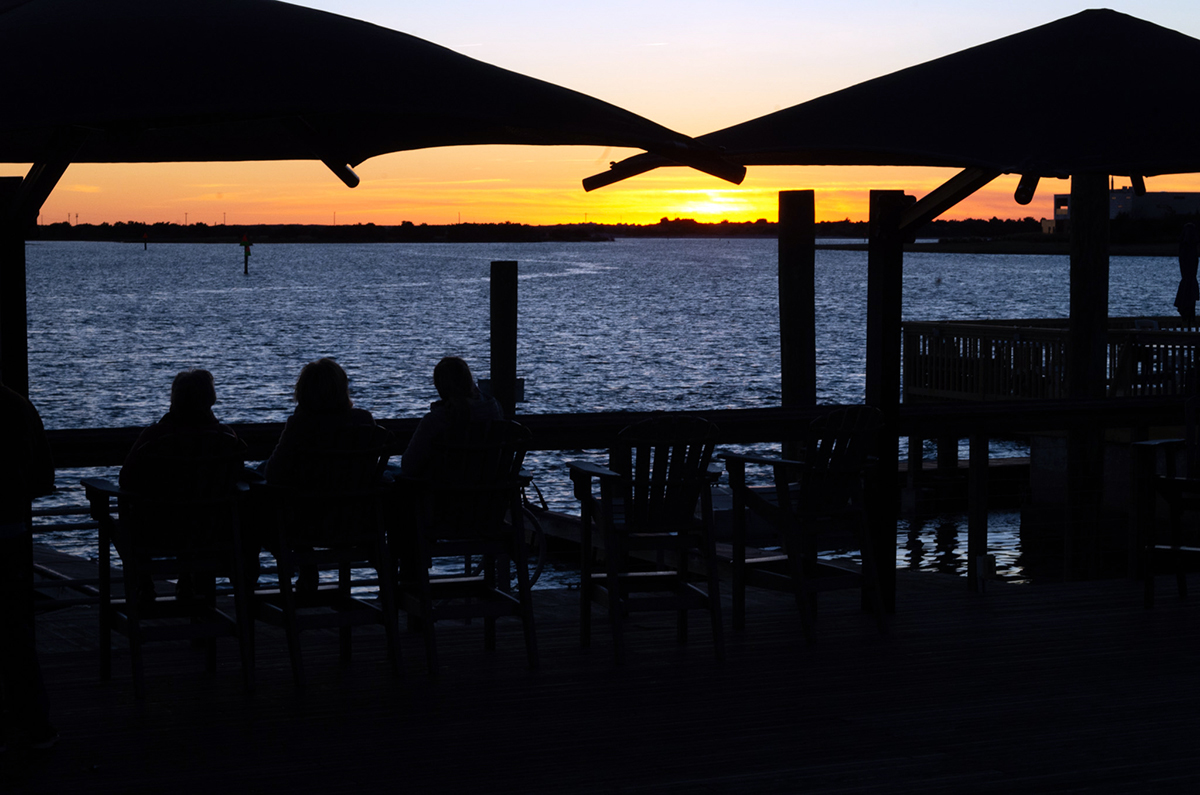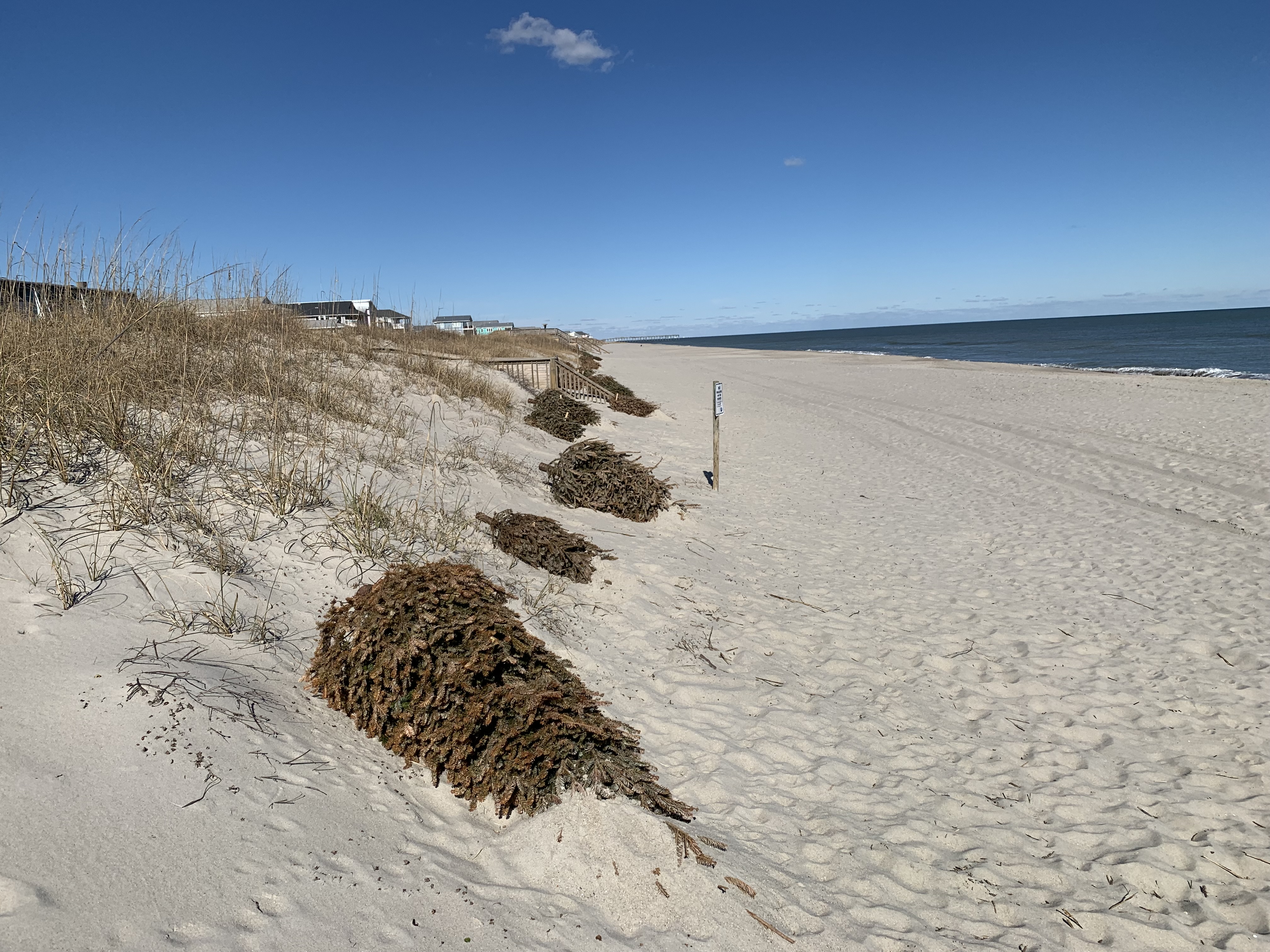
Reprinted from Outer Banks Voice
As the Coastal Resources Commission and North Carolina Rules Review Commission head to court over regulatory language for coastal development and use, Jockey’s Ridge State Park is in danger of losing its Area of Environmental Concern protections.
Supporter Spotlight
The Area of Environmental Concern, or AEC, protections, among other things, prohibit removing sand that has migrated off the dune and allows the state to periodically move that sand back within park boundaries. The AEC also has provisions prohibiting some types of development in close proximity to the park.
There is increasing frustration with the rulings of the Rules Review Commission about what would constitute acceptable language for AEC protection.
Coastal Resources Commission is scheduled to hear an update Thursday during its meeting in Manteo on the Rules Revision Commission’s April 8 objection and hold a discussion in closed session.
Related: CRC to consider variances, hear rulemaking update
The Rules Review Commission determines the language that is used by regulatory agencies. It has ruled that some 30 regulations that govern how the Coastal Area Management Act, or CAMA, operates are vague, imprecise or inconsistent with its mandate. Those rules have been removed, including the AEC protections for Jockey’s Ridge.
Supporter Spotlight
The Coastal Resources Commission attempted to create temporary rules for the Jockey’s Ridge AEC in March, but the Rules Review Commission rejected those rules earlier this month, using the word “unique” 16 times in the five paragraphs written rejecting the AEC rule.
Although there were other descriptions and language the Rules Review Commission rejected, the word unique was associated with almost every objection.
Rules Review Commission counsel Brian Liebman wrote in part that the Coastal Resources Commission “does not define what degree of exclusivity transforms an ordinary geologic formation into a ‘unique’ geologic formation and does not define the coastal area in which these formations must be found.”
The North Carolina Division of Parks and Recreation describes Jockey’s Ridge as “an excellent example of a medano, a large, isolated hill of sand, asymmetrical in profile and lacking vegetation.”
Nags Head Mayor Ben Cahoon pointed out that there is nothing else like Jockey’s Ridge on the East Coast of the United States, and by that definition, it is unique.
“Jockey’s Ridge, as far as I know on the East Coast of the United States is unique…How many words do you want to use? There’s not another one like it. And it is in fact unique,” he said.
Speaking for herself, former Nags Head Commissioner and Coastal Resources Commission Chair Renee Cahoon, also voiced frustration.
“It’s just mind-boggling that all of a sudden, there’s verbiage use that’s not acceptable to a new Rules Review Commission that has been accepted for every 10 years by previous Rules Review Commissions and that were accepted by the initial Rules Review Commission when we made the rules,” she said.
The Coastal Resources and Rules Review commissions are currently in court over the wording that can be used in rulemaking. The Coastal Resources Commission is responsible for writing the language that is used in its regulations. The Rules Review Commission determines if the language is sufficiently clear and not open to interpretation.
“Because this matter is pending litigation, we are unable to comment,” Nazneen Ahmed, Press Secretary for Attorney General Josh Stein, wrote in an email to the Outer Banks Voice.
An attempt by the Coastal Resources Commission to put into effect temporary rules consistent with what had been in use for some time, was disallowed by the Rules Review Commission.
For Mayor Ben Cahoon, it leaves the town of Nags Head in a difficult position. The town, he said, will do all it can to support and protect Jockey’s Ridge, but there is a real limit to what a municipality can do.
“We’ll do what little bit it can do by ordinance…in the interim, until it’s all resolved,” he said. “But I see at some point, as frustrating as it is, we have to realize it’s out of our hands until either these two agencies come to agreement or the court or the legislature weighs in somehow.”
This story is provided courtesy of the Outer Banks Voice, a digital newspaper covering the Outer Banks. Coastal Review is partnering with the Voice to provide readers with more environmental and lifestyle stories of interest about our coast.







